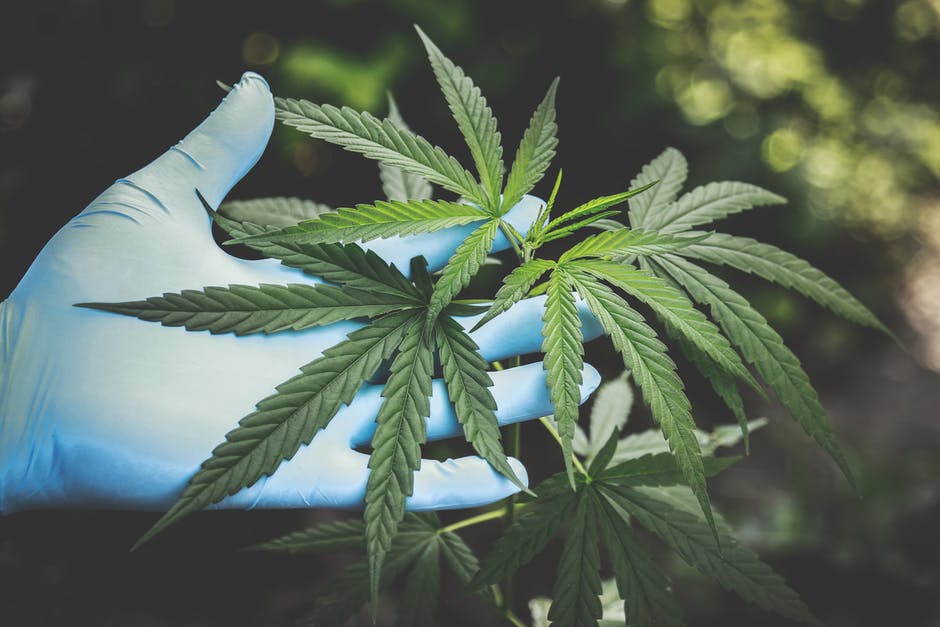You hear more and more people are using CBD products, from tinctures to candy edibles, and gel pills. There are many articles and studies out there outlining their amazing health benefits, and it seems like CBD is soon to become a household name.
So what is it good for and how can it help you?
This article is an intro to CBD for beginners who want a closer look into how to properly use this natural medicine and to learn what the health benefits are when you buy cbd oil for health purposes.
Intro to CBD
CBD stands for cannabidiol and is a compound found in the cannabis plant. CBD is extracted from the cannabis plant using many different types of methods. Not to get confused with its cousin, THC (Tetrahydrocannabinol), as CBD has no psychoactive attributes and does not get a user high.
CBD allows a user all of the health benefits from the cannabis plant, without any side effects. It is also non-addictive and completely harmless.
Health Benefits of CBD
There is still much to be learned about the health benefits of CBD. There are many implications and studies to prove it has a place in the world of medicine. Extensive scientific research and anecdotal accounts from physicians and their patients see CBD as a treatment for a number of ailments.
Some of the health issues CBD is known to help include:
- Skin disease (acne, dermatitis, psoriasis)
- Autoimmune diseases (inflammation, rheumatoid arthritis)
- Metabolic syndrome (diabetes, obesity)
- Neurological conditions (Alzheimer’s, dementia, etc.)
- Cardiovascular dysfunction (atherosclerosis, arrhythmia)
- Neuropsychiatric illness (autism, ADHD, PTSD, alcoholism)
Not only that, CBD has been reported to stimulate the growth of new brain cells in adult mammals and is being researched as a possible anticancer substance.
How CBD Works in the Human Body
The human body has compounds called the endogenous cannabinoids and named such due to their similarity to the compounds found in the cannabis plant. The endogenous cannabinoid compounds or, endocannabinoids are part of the endocannabinoid system.
The endocannabinoid system helps regulate our mood, energy levels, intestinal health, immune activity, blood pressure, bone density, glucose metabolism, pain, stress, and hunger. Because CBD mimics the effects of these endocannabinoids, those with a deficient endocannabinoid system can take CBD for a therapeutic-like effect.
Types of CBD
As mentioned, there are many ways to extract the CBD oil from the cannabis plant—and the end product isn’t always the same. Thus, one should know the difference. The 3 different types of CBD are full-spectrum, broad-spectrum, and CBD isolate.
Full-spectrum CBD extracts a full profile of beneficial cannabinoids and terpenes from the cannabis plant. Full-spectrum CBD will contain trace amounts of THC, but not enough that the user will feel high from it.
Broad-spectrum CBD has the full range of beneficial cannabinoids and terpenes, but it then goes through a refinement process to remove all THC compounds.
CBD isolate is a concentrated extract of the CBD compound. It is separated from the rest of the compounds in the plant and goes through a process that extracts any remaining waxes, terpenes, or cannabinoids. The end product is 99% pure CBD.
Wellness for You
In this brief intro to CBD oil guide, you learned what CBD is, what health benefits there are from taking it, how it works, and what types there are. If you’ve found this article helpful, read more articles about health in our Wellness blog section.

